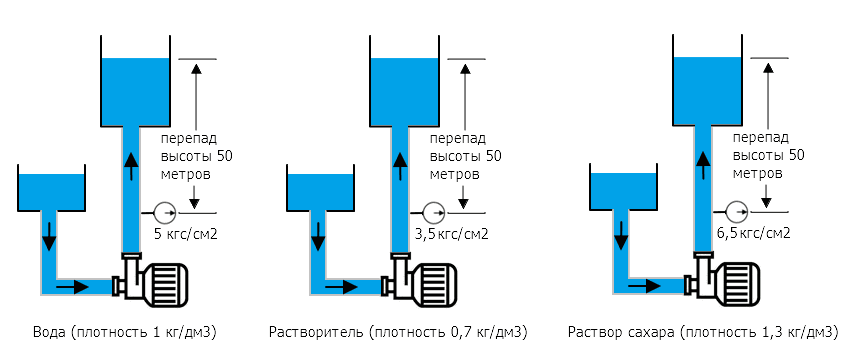
Negative pressure hose: take advantage of the power of atmospheric pressure
Content
Normal atmospheric pressure near the ground is 1 bar. Usually this natural air pressure is not even felt. But when it is combined with the vacuum created, it can be used for many purposes. This is where the negative pressure hose comes in!
Negative pressure on cars
There are several uses for negative pressure or vacuum in automobiles.
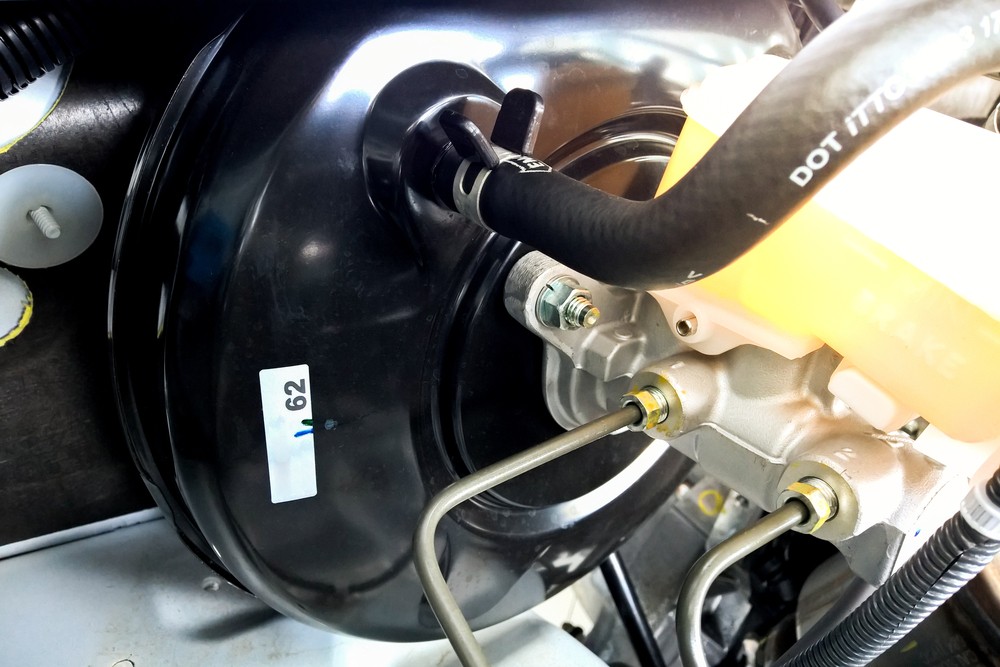
The best known application is brake booster . It's a big black box that mounts directly to the bulkhead behind the steering wheel.
The brake master cylinder or brake pressure distributor is attached to the brake booster . When you press the brake pedal, the driver's foot effort is not enough for comfortable braking. Therefore, a vacuum is created in the brake booster . As soon as the driver presses the brake, the natural air pressure further presses on the brake master cylinder and thus increases the driver's effort on the pedals.
Other vacuum applications:
| – Turbochargers – Pneumatic central locking – Direct injection for diesel and petrol engines |
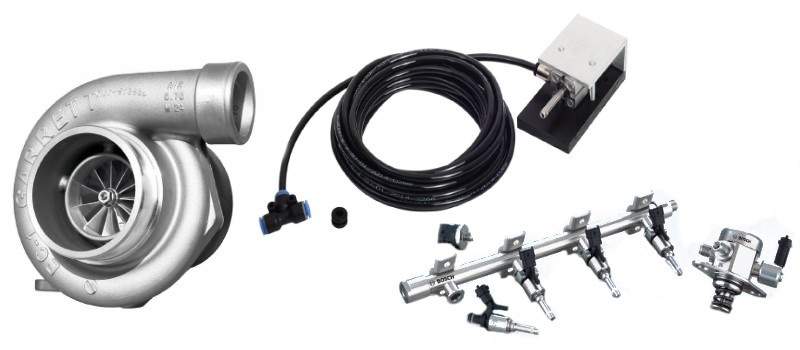
How is negative pressure created?

For decades, various systems have been used to create a vacuum in a car. They range from secondary lines connected to the exhaust system to separate vacuum pumps .
- They are still used as a standard today, for example in trucks.
- In passenger cars they were still fitted to French Peugeot diesels until the 1990s.
- However, in modern vehicles preference is given to secondary piping on the intake manifold for cost reasons.
Negative pressure hose problem
To use negative pressure in the right place, it should be drawn away from its exit point. This is where the vacuum hose comes into play. . Although the vacuum hose looks like regular rubber hose , however, it is a highly specialized component that allows you to solve many problems.
The vacuum hose must be
- Hard
– Oil and petrol resistant
– Airtight
– Heat resistant
– Durable
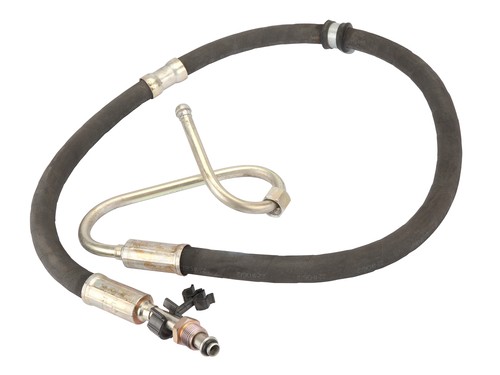
- Rigidity is perhaps the most important property that a vacuum hose should have. . Replacing the vacuum hose with a regular soft rubber hose usually leads to unpleasant consequences: hose is compressed due to vacuum .
- The hose then covers the vacuum line like a membrane . Once a vacuum opens, it can no longer be created. Depending on what the vacuum was used for, this has fatal consequences: in the worst case, the brake fails.
- To ensure that the negative pressure hose lasts as long as possible , it must be made of very durable material. It's not so easy with rubber, which usually made using solvents as plasticizers .
- Thus, the atmosphere saturated with oil and gasoline in the engine compartment irreversibly damages the vacuum hose. . So, it must be heat-resistant and fireproof in order to withstand high temperatures in the engine compartment.
- The tightness of a vacuum hose is the most important property, along with its rigidity. . If the negative pressure hose sucks in air, a vacuum cannot be created and the assembly will fail. This is one of the typical vacuum hose defects.
Vacuum hose defects
| A negative pressure hose can actually have only one defect: it will flow . If you're lucky, it only dangles a little in the connection area. Then it is enough to tighten the clamp to restore the tightness. |
| However, due to high loads or mechanical influences, the vacuum hose can also get a hole. . This happens gradually due to gasoline or oil in the surrounding air. Another common case is a marten bite or when the vacuum hose rubs against a belt or pulley. |
| You can notice a faulty vacuum hose quite quickly: whistling and hissing is heard in the engine compartment, and the faulty unit has reduced performance or completely fails . For example, if braking is very sluggish despite the engine running, a porous vacuum hose could be the cause. |
vacuum hose repair
Luckily, repairing the negative pressure hose is one of the easiest car repairs.
- They are attached to two air line fittings with clamps. They are simply loosened with a screwdriver and the vacuum hose can be removed. On some vehicles clamps should be loosened , but this is usually self-explanatory.
- The most important thing when repairing or replacing negative pressure hoses is to avoid do-it-yourself work . You can seal the hose with electrical tape for a short time. However, this repair should only be carried out until the next workshop. A defective vacuum hose should be replaced and then carefully inspected.
- If the negative pressure hose is perforated the size of a needle, it could be a marten bite. . This is especially true if the holes are on the opposite side of the hose. A marten bite is usually characterized bite-counter bite pattern . In this case, you should carefully inspect all other lines in the engine compartment.
This includes:
| – Power cables – Plumbing – Belts – Ignition cables – Enclosures |
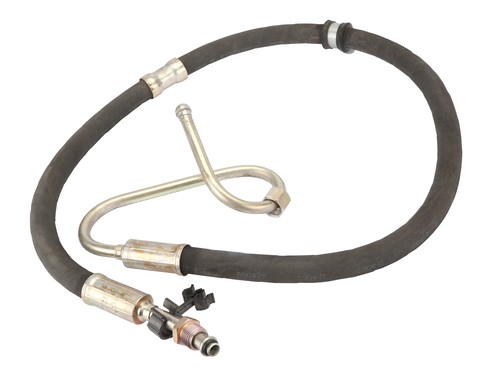
Anything soft enough to chew on.
In that case, it's time to take countermeasures! These include a thorough engine wash and the installation of an ultrasonic marten repeller.
However, if the negative pressure hose practically falls apart in your hand , which means that its service life has come to an end. In this case, all other vacuum hoses in the engine compartment should be checked. . They will probably show a similar picture.
In the event of an obvious abrasion point, the negative pressure hose has become disconnected and made contact with a rotating component. In this case, it is enough to replace the damaged hose and carefully monitor its correct installation.
Pay attention to quality

Depending on the application, vacuum hoses are either highly specialized or made to order. . Precisely manufactured vacuum hoses are usually many times more expensive universal hoses .
On the other hand, they are tough and very durable. Flexible meter hoses tend to loosen and then be damaged by rotating components. Therefore, we recommend always install a hose of the appropriate design. This guarantees a reliable and secure solution.
It's important pay attention to brand quality. You should be suspicious of all too cheap offers. You can't tell from a rubber how good the compound is.
For the production of vacuum hoses, only the formula specified by the vehicle manufacturer should be used. Car manufacturers issue licenses and certificates for this.
It doesn't always have to be original equipment quality. However, a reputable traditional auto parts brand should always be preferred as a supplier of a new vacuum hose.
